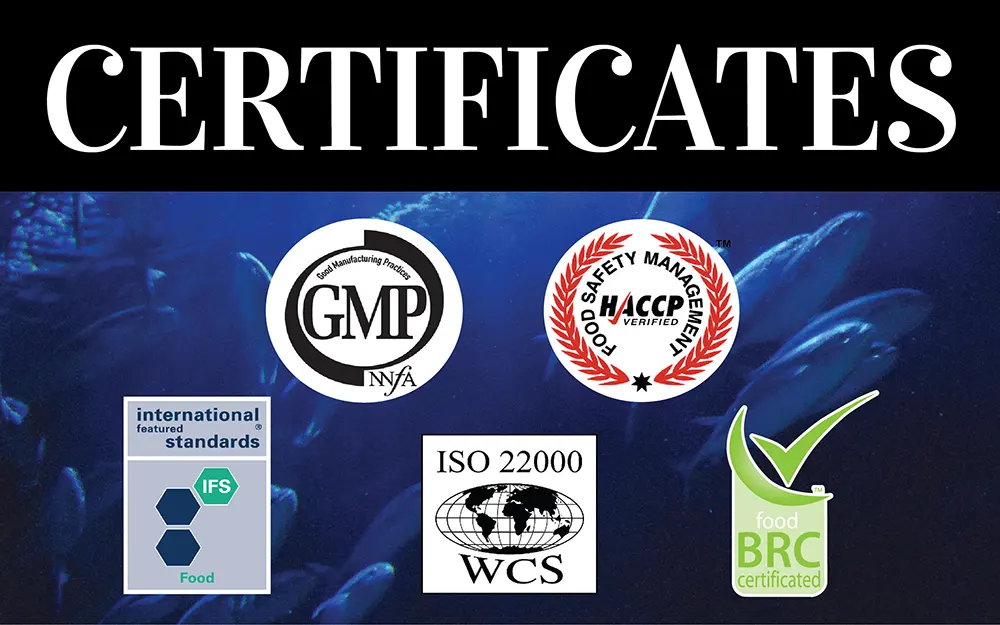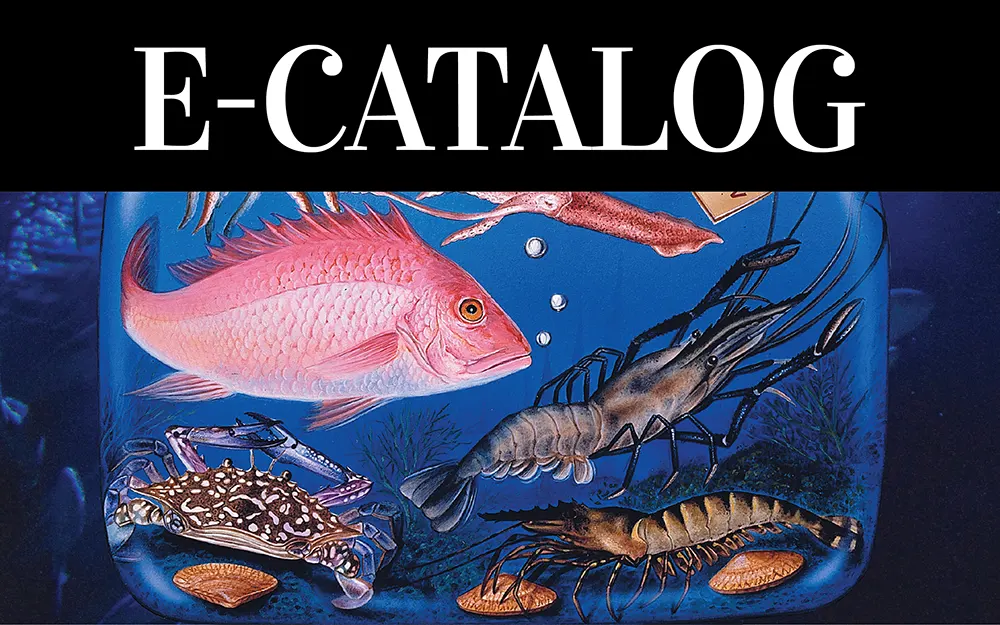Is free-trade agreement benefiting China : April 29, 2011
By Mark Godfrey SeafoodSource contributing editor reporting from Beijing, China
Prices for squid, cuttlefish and shrimp continue to rise in key Southeast Asian seafood-producing nations on the back of demand from China, which now has low-tariff access to the Association of Southeast Asian Nations (ASEAN) marketplace thanks to a free-trade agreement.
“That’s been the main effect,” rather than any noticeable ramp-up in Chinese processing activities in ASEAN, explained James Gulkin, managing director of Bangkok-based seafood trader Siam Canadian.
Under the free trade agreement (FTA) that came into force in 2010, the average tariff on goods from the ASEAN countries was lowered to 0.1 percent from 9.8 percent. Gulkin sees it as largely one-way traffic on the seafood front. “There’s not a lot of Chinese seafood in Thailand, not in the way you see Chinese vegetables and apples here,” he said.
Higher demand from China isn’t necessarily a boon for Thai fishing sector since Chinese buyers are taking the product off the docks and shipping it north to China rather than processing locally. Chinese seafood — particularly white shrimp, tilapia and cold-water fish — was in fact more prevalent in Thailand a few years ago, noted Gulkin, who also credits that change to a slip in China’s competitiveness due to rising labor costs and a stronger currency.
The impact of rising Chinese demand isn’t confined to Thailand. Processors in Vietnam say Chinese demand is driving input prices. Shrimp-focused Duy Dia Co., based in the southern city of Danang, has seen shrimp prices rise 15 percent in the past year. Company manager Tran Tu Liem said he expects a tough long-term outlook, one complicated by rising wages and persistent inflation in Vietnam.
Chinese-driven price rises mean processors are looking elsewhere. Indian product, especially squid, is being imported to Thailand and Vietnam for processing. Chinese importers are benefitting from lower tariffs, said Farhan Nazer at Indian exporter Asia Seafood. “The future growth engine is Asia because feeding growing demand from China is pushing other Asian processors to look to India for raw materials, particularly of squid and cuttlefish,” noted Nazer.
Kerala-based Nazer said his firm has an advantage in sourcing quality non-farmed product from the Indian Ocean and the Arabian Sea, less depleted than China’s seas. Much of the Kerala firm’s exports go to Thailand and Vietnam for reprocessing, though Indonesia and Malaysia have both emerged as major sources of growth.
While Cambodia’s processing business remains small by Thai standards, the China factor has been a big driver in Myanmar (Burma). Several shrimp processing factories as well as cuttlefish, crab and seashells are all being shipped into China on refrigerated trucks, said Gulkin.
While China has played the FTA, which came into effect in January 2010, as a win-win deal for both sides, industry and trade groups across ASEAN’s 10 member states have protested at the effects. Many feel the deal favors China, allowing it to import cheaper resources while getting tariff-free entry to new markets for the manufactured goods in which it has a cost advantage.
China may in some regards be a savior. Several export-focused Vietnamese processors contacted for this article pointed to trade barriers in U.S. market — due to anti-dumping duties slapped on Vietnamese shrimp by Washington, D.C. — as a reason for seeking alternative markets, including Australia, China and the Middle East.
Given China is within five years expected to be a net importer of shrimp, thanks rising prosperity that comes with persistent GDP growth (8 percent expected in 2011), its ASEAN neighbors may stand to gain from tariff-free trade. But they’ll also hurt from prices higher by Chinese demand.
One thing is certain, the increased integration of these two trading partners. China intends to integrate its economy further with ASEAN by improving transport infrastructure, including a USD 5 billion high-speed railway line planned to connect China’s southwest through Laos to Thailand.
Source: Seafood Source
Contact us : Siam Canadian Group Frozen Seafood Exporter for more formation:
Email: info@siamcanadian.com



